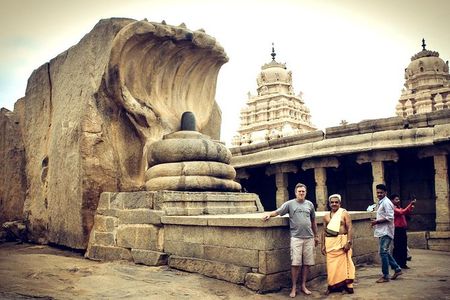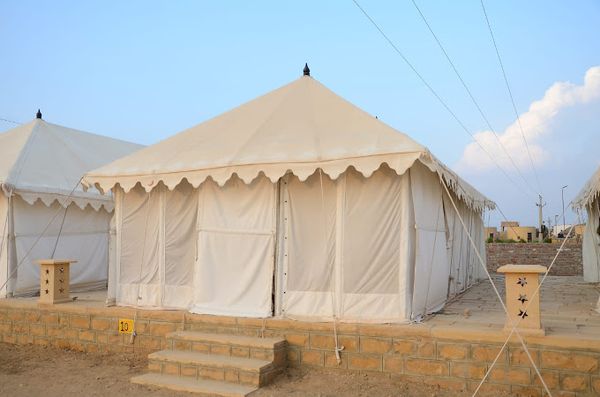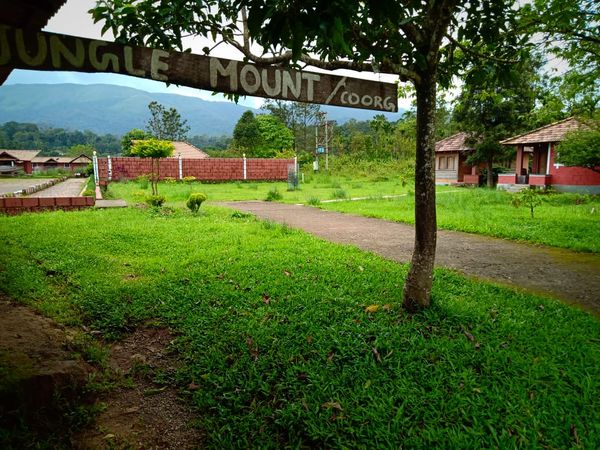Lepakshi: Discover the Rich Legacy of Sculptures and Stories
 Rohit Sen
20 Jan, 2025
8 mins read
621
Rohit Sen
20 Jan, 2025
8 mins read
621

Lepakshi, a quaint village located in the Anantapur district of Andhra Pradesh, is a place that mesmerizes visitors with its rich cultural and historical heritage. Known primarily for the stunning Veerabhadra Temple, Lepakshi is a treasure trove of intricate sculptures, breathtaking frescoes, and captivating legends. The legacy of Lepakshi spans centuries, making it a must-visit destination for those fascinated by art, architecture, and history.
The Veerabhadra Temple: A Masterpiece of Art and Architecture
The highlight of Lepakshi is undoubtedly the Veerabhadra Temple, which dates back to the 16th century. Built during the reign of the Vijayanagara Empire, the temple is dedicated to Lord Veerabhadra, a fierce form of Lord Shiva. This sacred site is an excellent example of the Vijayanagara architectural style, featuring stunning carvings, spacious courtyards, and a grandeur that reflects the empire's prosperity.
One of the most striking features of the temple is its intricate sculpture work, which adorns every pillar, wall, and ceiling. These carvings depict a wide range of divine figures, celestial beings, and mythical creatures. Every inch of the temple seems to tell a story, from the life of Lord Shiva to the adventures of gods and goddesses.
The Hanging Pillar: A Marvel of Engineering
Among the many wonders within the Veerabhadra Temple is the Hanging Pillar, which continues to intrigue historians and engineers alike. This pillar appears to defy gravity, as it is not in contact with the ground but instead hovers slightly above it. The mystery surrounding its construction and the precise engineering techniques used to achieve this feat adds a layer of intrigue to the temple's architectural brilliance.
Visitors are often delighted to find that they can slide a piece of cloth or a stick underneath the pillar, further fueling the legend that the pillar defies the laws of physics. This unique feature has made the Hanging Pillar one of the most famous aspects of Lepakshi, drawing curious travelers and scholars from across the world.
Frescoes: A Glimpse into the Past
Lepakshi is also renowned for its frescoes, which are some of the best-preserved examples of Vijayanagara painting. These murals, found primarily in the ceilings of the temple, illustrate mythological stories and scenes from the lives of gods and kings. The frescoes depict vibrant colors, intricate details, and a sense of movement that brings the ancient narratives to life.
One of the most famous frescoes is that of the Dance of Nataraja. The image of Lord Shiva, performing his cosmic dance, is depicted in a manner that conveys both grace and energy. The frescoes at Lepakshi not only showcase the artistic skill of the period but also provide a visual feast for those interested in the cultural and religious beliefs of the time.
The Legends of Lepakshi
Lepakshi is steeped in mythological stories that add an air of mysticism to the site. According to one popular legend, the name "Lepakshi" translates to "the bird's head," derived from a story in the Ramayana. The tale goes that Jatayu, the mythical bird who tried to save Sita from Ravana’s abduction, fell here after being struck by Ravana. His dying words were "Le Pakshi" (meaning "rise, O bird"), which is said to have led to the village being named Lepakshi.
Another well-known story is that of the mystical touchstone that is believed to be hidden in the temple. According to the legend, anyone who touches the stone will experience an abundance of wealth and prosperity. While this story adds a layer of charm to the site, it is the religious significance and architectural marvels that make Lepakshi an enduring symbol of India's cultural heritage.
Lepakshi's Contribution to Sculptural Art
Lepakshi is widely considered a museum of sculptures due to its vast collection of intricately carved figures, statues, and bas-reliefs. The temple complex is home to numerous sculptures of gods, goddesses, warriors, and mythological creatures, each carved with precision and detail. The craftsmanship seen in these sculptures speaks volumes about the skills of the artisans who worked under the patronage of the Vijayanagara kings.
The sculptures are not merely decorative; they have deep symbolic meanings. Each one tells a story or embodies a particular philosophy or religious principle. For example, the sculpture of Veerabhadra, the deity after whom the temple is named, is depicted in a fierce, war-like stance, symbolizing strength and power. Similarly, other sculptures depict Lord Shiva, goddess Parvati, and various celestial beings, often showing their various roles in Hindu mythology.
How to Visit Lepakshi
Lepakshi is easily accessible from Bangalore, located about 120 kilometers away. The village can be reached by road, and the drive offers scenic views of the surrounding countryside. Visitors can also choose to travel by train, as there are train services to the nearby Bangalore-Hindupur route.
Once at the site, a guided tour can enhance the experience, offering deeper insights into the historical and cultural significance of the temple’s architecture and sculptures. For those interested in photography, the ancient carvings and the striking landscape provide ample opportunities for capturing memorable images.
Conclusion
Lepakshi stands as a testament to the artistic, architectural, and cultural grandeur of the Vijayanagara Empire. From its detailed sculptures and frescoes to its intriguing legends and architectural marvels, the site offers a unique glimpse into the rich heritage of India. Whether you're an art enthusiast, a history lover, or a curious traveler, Lepakshi is a destination that promises to leave you awestruck by its timeless beauty and stories.
Written By:
Rohit Sen



Hotels at your convenience
Now choose your stay according to your preference. From finding a place for your dream destination or a mere weekend getaway to business accommodations or brief stay, we have got you covered. Explore hotels as per your mood.


